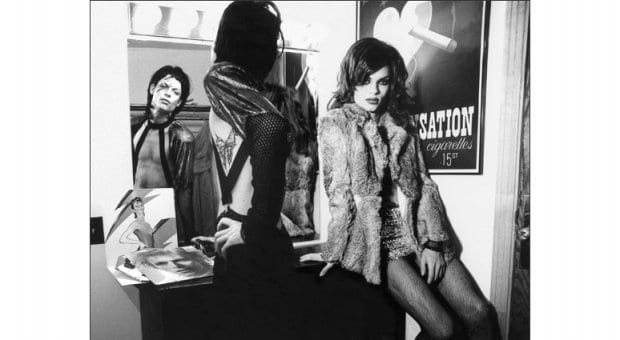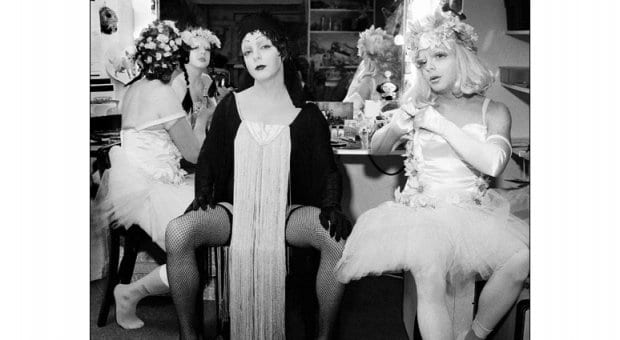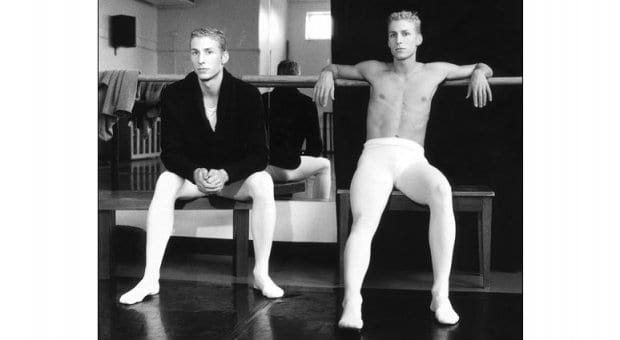
Jeffrey and Ultra, 1998 Credit: Pierre Dalpé

The Lawson Review, 2005 Credit: Pierre Dalpé
At first glance, many of Pierre Dalpé’s photographs seem to be shots of twins. But the Montreal photographer has a secret up his sleeve. Working with a combination of analogue and digital photography, he’s become a master manipulator of images, sometimes doubling or tripling his subjects.
“I like contrasting the different aspects of my subjects and working with people whose genders, identities and personalities are fluid and malleable,” he says. “None of us are simply one-dimensional, and I like bringing out the dualities of a single individual. We all have the capacity to express a multitude of personas, and this is what I’m looking to capture in my images.”
Dalpé’s first book, Personae, forms a survey of his work from 1990 to 2011. Drag queens, gender-fuckers and kids stand alongside wrestlers, ballet dancers and acrobats. His subjects stare down the barrel of his camera, addressing the viewer directly with their gazes.
“I’m a closet performer,” Dalpé says. “By photographing people who’re performers, I end up living vicariously through my subjects. I like the act of dressing up, and I’ve always been fascinated with how our personalities can change so much, depending on what we are wearing. Costume gives us permission to behave in ways we normally might not behave.”
Once the signature of achieving professional status, the photography book has gradually become a relic over the last decade. The mass of photo-sharing apps and websites available has meant younger artists tend to eschew the expensive and complicated process of putting images in paper. So why publish such a book in 2014?
“There’s still a big difference between looking at an image online and seeing a great reproduction of an image in a book,” Dalpé says. “I think there will always be a certain percentage of people who need the tangible, tactile experience of a book. Precisely because so much image content is being disseminated and consumed online, a lot of us want to go back to experiencing the beauty and quality of a well-crafted book. I can’t help but compare it to the abundance of vinyl record stores popping up everywhere.”
Including 45 large images, several dozen smaller ones, and a series of commissioned critical essays, the 144-page tome is a true labour of love.
“It was an incredibly amount of work, but well worth it in the end,” Dalpé says. “Even if it practically killed me.”
Pierre Dalpé launches Personae
Sat, Feb 1, 1–5pm
Gallery 115
University of Ottawa
115-100 Laurier Ave E, Ottawa
pierredalpe.com


 Why you can trust Xtra
Why you can trust Xtra


